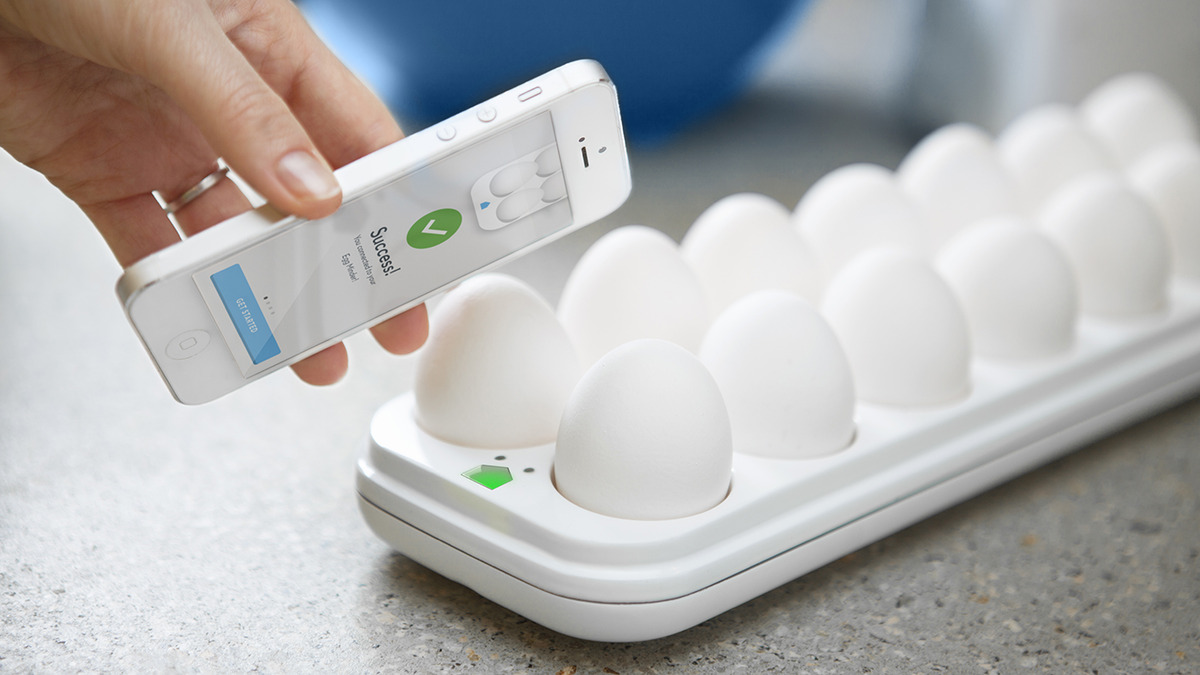A funny thing happened two hours out of Auckland, the cabin crew on the Air New Zealand flight to San Francisco announced the inflight entertainment system had to be rebooted.
In the thirty minutes it took for the system to reset and reload, various in-seat functions such as the cabin call button and light switch froze, it was a basic example of how complex systems interact with each other.
The benefits of a connected egg tray involve the device telling us when more eggs are needed, but what happens when the thing tries to tell your online shopping service that you need 200 dozen?
As the internet of things develops and business systems become more automated, complexity is going to become greater and more subtle. Understanding and managing the risks that extend from that is going to be essential for both public safety and the economy.
“The Internet of Things creates a whole new range of attack surfaces” Cisco Systems’ Enterprise Group Vice President Rod Soderbery told the Internet of Things conference in Barcelona last month.
One of those many ‘attack surfaces’ identified by Fraser Howard, Principle Researcher of Sophos Labs are the dozens of household devices from smart TVs to internet connected egg holders that are beginning to appear in homes.
Almost all these devices will have flaws in their firmware and yet almost no vendor has an interest in maintaining or patching the firmware of this equipment.
“Consumers have no way of managing this problem” says Fraser as it’s almost impossible for householders to upgrade their systems and consumer electronics manufacturers have a poor track security track record.
“There’s a long history of companies with mass market items which deal with things like important items like credentials where they have not had a single thought about security,” says Fraser.
Security is one the many challenges facing the internet of things along with to manage rogue devices in grid networks. There’s a lot of work to be done in ensuring systems aren’t disrupted by an outlier sensor or critical information disclosed by a poorly secured or out of date smart device.
As connected egg trays start talking to the supermarket, we have to be confident that we aren’t going to come home to find our connected device hasn’t delivered a pallet load of fresh eggs or that it hasn’t given away our banking details to an organised crime ring.

Leave a Reply